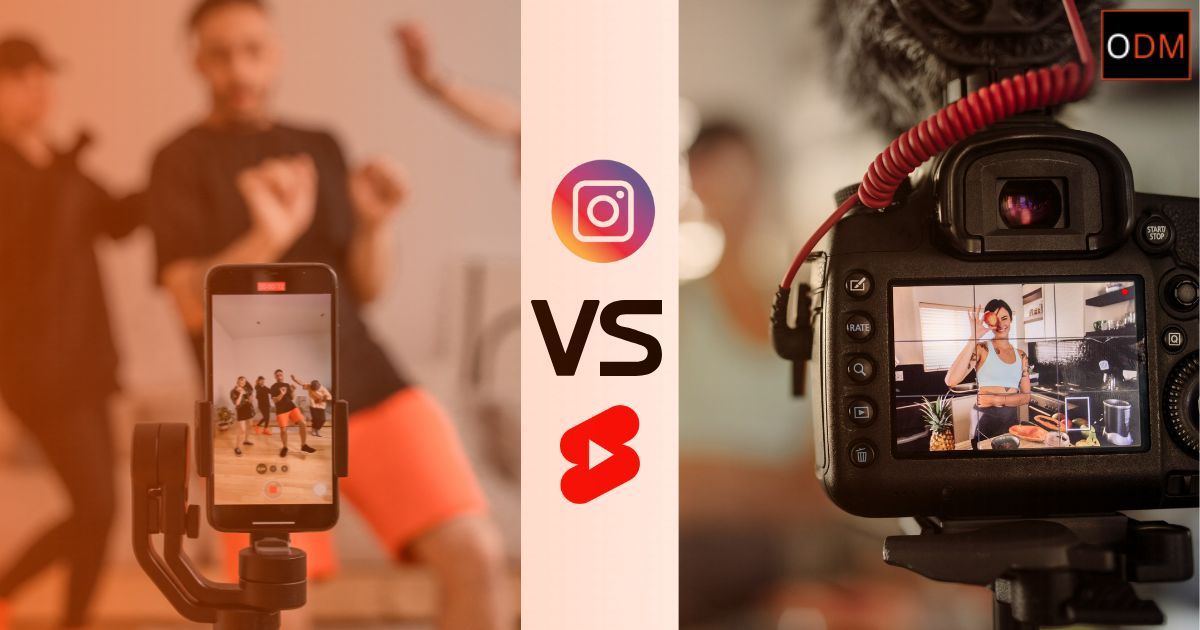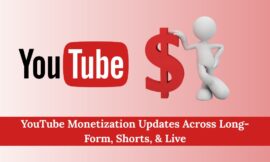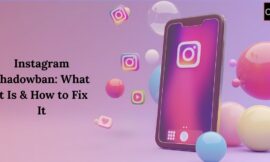YouTube Shorts vs Instagram Reels, this is one of the hottest comparisons when it comes to short-form content platforms. If you’re a content creator or a brand marketer, knowing the difference between YouTube Shorts and Instagram Reels can help you choose the right platform. Each has its own features, algorithm, audience behavior & engagement potential. Choosing the right one depends on your goals, content style & audience demographics.
Online dot Marketing has analyzed the platforms from a creator & brand perspective to help you understand which one can give you better engagement. Here we compares YouTube Shorts vs Instagram Reels in-depth so you can decide what works best for your content or business growth.
Difference Between YouTube Shorts and Instagram Reels
Understanding the difference between YouTube Shorts and Instagram Reels is the first step toward choosing your short-form content strategy. While both serve the same purpose quick video consumption, the way they deliver it differs.
YouTube Shorts
- Vertical videos under 60 seconds
- Discoverable through YouTube’s main feed & Shorts tab
- Monetized through Shorts Fund & YouTube Partner Program
Instagram Reels
- Vertical videos up to 90 seconds
- Found on Explore, Reels tab, and Stories
- Monetized through bonuses & brand deals
Both platforms have their pros & cons, depending on how you want to engage your audience.
YouTube Shorts vs Instagram Reels: Audience Reach
When it comes to short-form video content, both Reels and Shorts have their unique advantages. Instagram Reels gained early popularity, especially among users already active on the platform. Being integrated into an existing social environment, Reels quickly became a go-to for creators looking to boost engagement through the Explore tab and trending hashtags. On the other hand, YouTube Shorts entered the scene a bit later but leveraged YouTube’s strong search-based ecosystem to offer greater visibility. Shorts benefit from YouTube’s algorithm, which recommends content through search results and suggested videos, even to users who aren’t subscribers.
For new creators, Shorts can be a strong tool for growth because YouTube’s platform is built around helping videos reach broader audiences through intelligent discovery features. Meanwhile, Reels can still be a powerful option if your target audience is already active on Instagram and you’re aiming for quick interactions through likes, shares, and comments.
Key Points:
- Reels became popular earlier due to Instagram’s established user base.
- Shorts offer better reach via YouTube’s search and suggestions.
- Instagram Reels rely heavily on hashtags and the Explore tab for discovery.
- Shorts are more effective for building a new channel from scratch.
YouTube Shorts Algorithm vs Instagram Reels Algorithm
Understanding the difference between YouTube Shorts and Instagram Reels algorithms helps in planning content that actually performs. Both platforms promote short-form videos, but their algorithm behavior isn’t the same.
The YouTube Shorts algorithm tracks how long viewers stay on your video. Higher watch time & viewer retention means better chances of reach. It also checks user watch history to recommend similar content. Adding the right keywords in the title & description helps your video appear in search and suggested feeds.
- Focuses on watch time and retention
- Suggests videos based on viewer history
- Keywords in title & description increase reach
- Content quality and format impact performance
- Even small creators get visibility with good content
Meanwhile, the Instagram Reels algorithm leans on how people engage with your video. More likes, comments, shares & saves means better push. Using popular hashtags and trending audio increases reach and Instagram also studies how fast users scroll past your content – longer pause = more relevance.
- Engagement (likes, shares, comments) is a strong factor
- Trending audio & hashtags support wider reach
- Viewer scrolling behavior affects exposure
- Fresh, clean visuals with quick hooks perform well
- Regular uploads help maintain momentum
Which is Better for Creators Reels or Shorts?
If you want long-term discoverability, YouTube Shorts might give you an edge. When it comes to creators, the debate of which is better for creators Reels or Shorts depends on what you’re looking to achieve.
- Monetization – Shorts has more structured monetization (YouTube Partner Program)
- Audience Base – Reels is popular among lifestyle & fashion creators
- Search Visibility – Shorts content stays visible longer due to YouTube search
Reels vs Shorts for Brand Promotion
ODM helps brands choose & build content depending on which works better for their niche. Brands use short-form content to promote products, events & services. But when it comes to Reels vs Shorts for brand promotion, choosing the right one matters based on goals.
- Use Reels if your audience is already active on Instagram
- Choose Shorts for tapping into YouTube’s broader audience
- Reels work great for influencer collaborations
- Shorts are better for how-to, educational & product explainers
YouTube Shorts vs Instagram Reels: Content Creation Tools
Creators who need fast editing may prefer Instagram Reels’ flexibility. But for content that’s edited externally, both platforms work fine. Both platforms offer built-in tools, but they function differently:
- YouTube Shorts offers basic trimming, filters & adding music
- Instagram Reels has a wider range of stickers, transitions, speed controls & AR effects
Video Length, Captions & Hashtags
If you rely on viral hashtags, Reels might work better. Shorts depends more on titles & keyword strategy. Here’s a breakdown of technical aspects:
- Shorts Max Length – 60 seconds
- Reels Max Length – 90 seconds
- Captions are auto-generated on both platforms
- Hashtags improve reach more on Reels than Shorts
Insights & Analytics Comparison
YouTube’s analytics are slightly more advanced and suited for deep content performance tracking. Analytics tools help you refine content over time. Here’s what you get:
- YouTube Shorts – Impressions, CTR, average view duration, traffic sources
- Instagram Reels – Plays, likes, shares, saves, reach, interactions
Reels or Shorts for Influencer Collaborations?
Instagram Reels is still the go-to for lifestyle, fashion & beauty creators. Features like trending audio, filters & a strong fashion-driven culture help influencers reach a wider audience quickly. Many viral campaigns in these niches start with Reels. On the other side, YouTube Shorts is growing in tech, gaming & education. These creators often see better viewer retention & content discovery. So if you’re thinking which is better for creators Reels or Shorts, it depends on your niche. Choose the platform where your audience is active & where your content style fits naturally for better engagement.
Which Platform Gives Better ROI for Marketers?
If you’re running a sale or time-bound campaign, go with Reels. For sustained growth, use Shorts. From a brand angle, marketers often compare Reels vs Shorts for brand promotion. Here’s how ROI usually plays out:
- Shorts – Higher long-term engagement, better for evergreen content
- Reels – Fast virality, useful for flash promotions
Best Practices to Win on Both Platforms
Mix creativity with strategy to build real engagement. Online dot Marketing uses these proven tips:
- Keep your hook in the first 2 seconds
- Use native platform editing tools
- Add captions for silent viewers
- Use trending audio if relevant
- Post consistently 3–5 times/week
Common Mistakes to Avoid
- Reposting TikToks with watermark
- Posting videos that are too long
- Not using platform-specific CTAs
- Ignoring comment replies
- Using low-quality audio
YouTube Shorts vs Instagram Reels is a real debate for creators & brands. While both platforms offer reach, visibility & creative tools, your success depends on your audience, niche & content type, whether you’re focused on monetization or reach, understanding the difference between YouTube Shorts and Instagram Reels helps you make informed choices. Online dot Marketing helps you choose the best path, build engaging video content, and measure performance smartly. No matter what you choose in YouTube Shorts vs Instagram Reels, short-form content is here to stay just make sure you’re doing it right.





